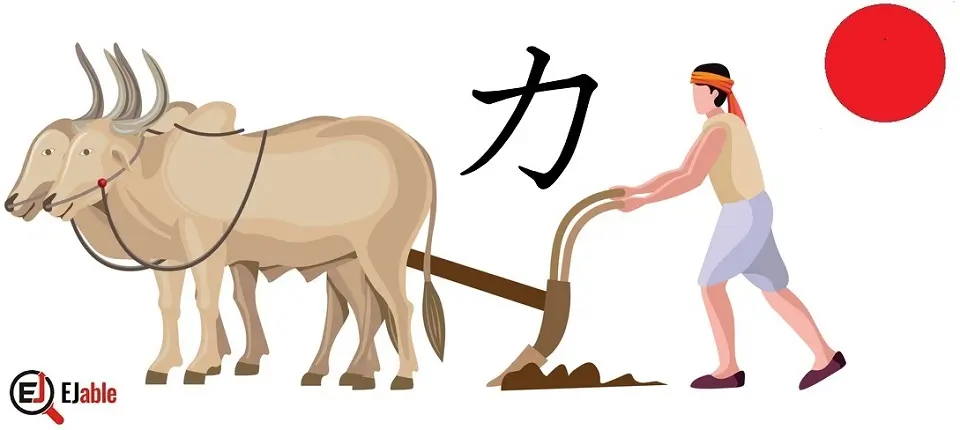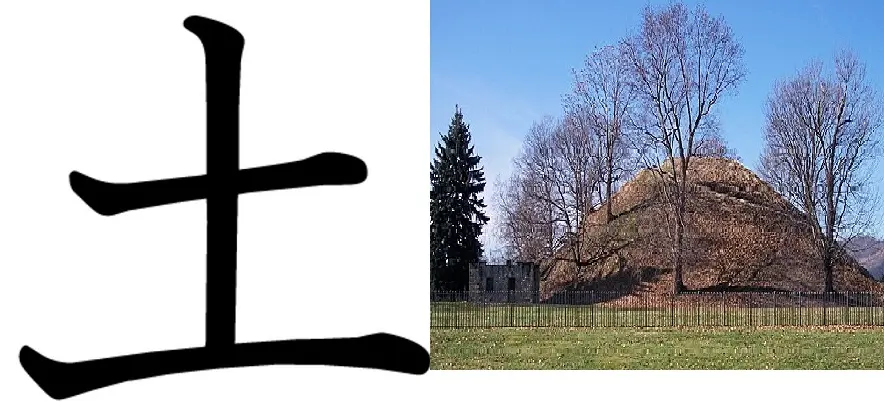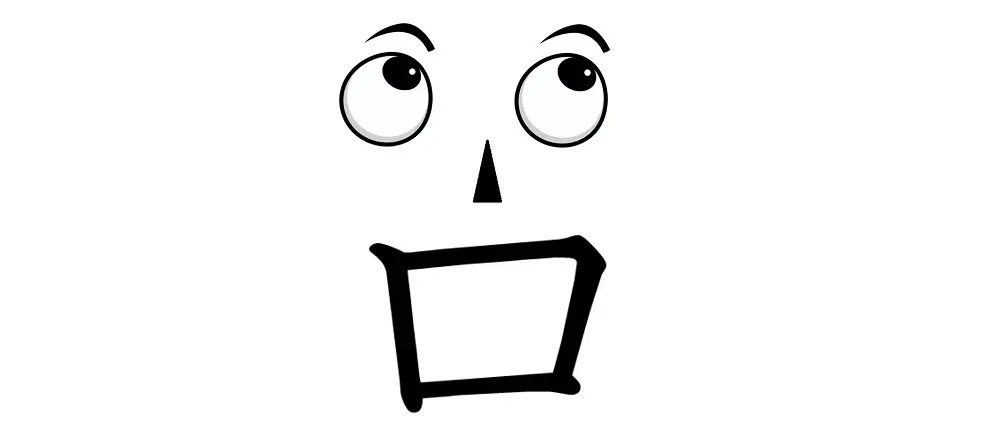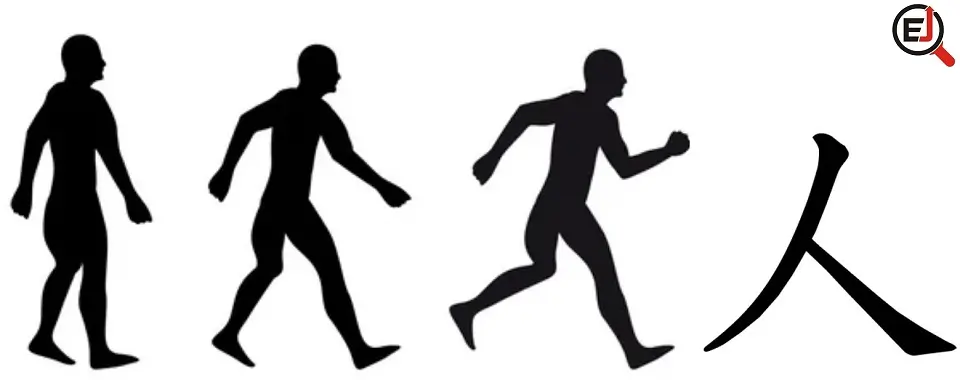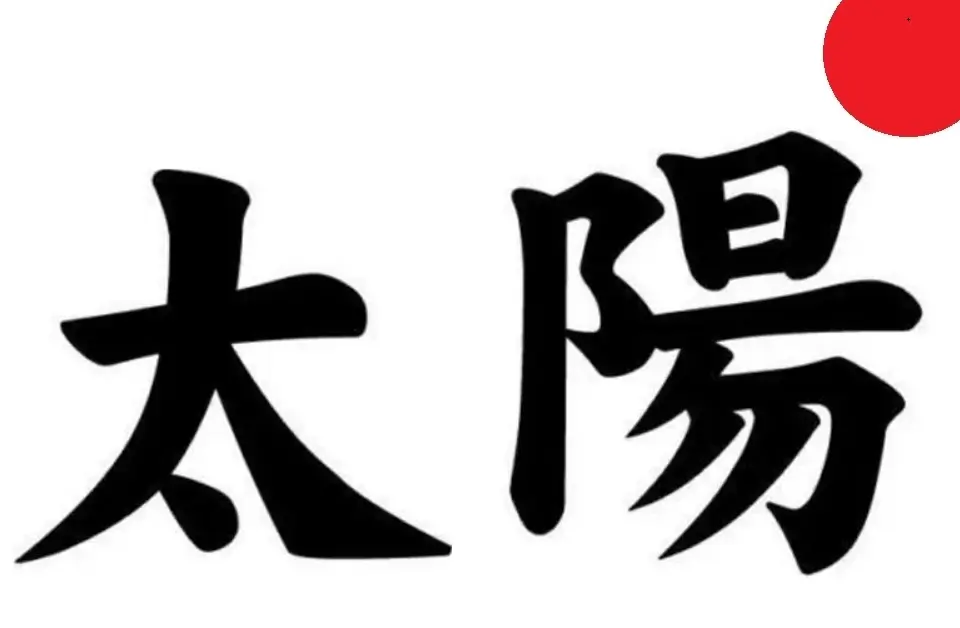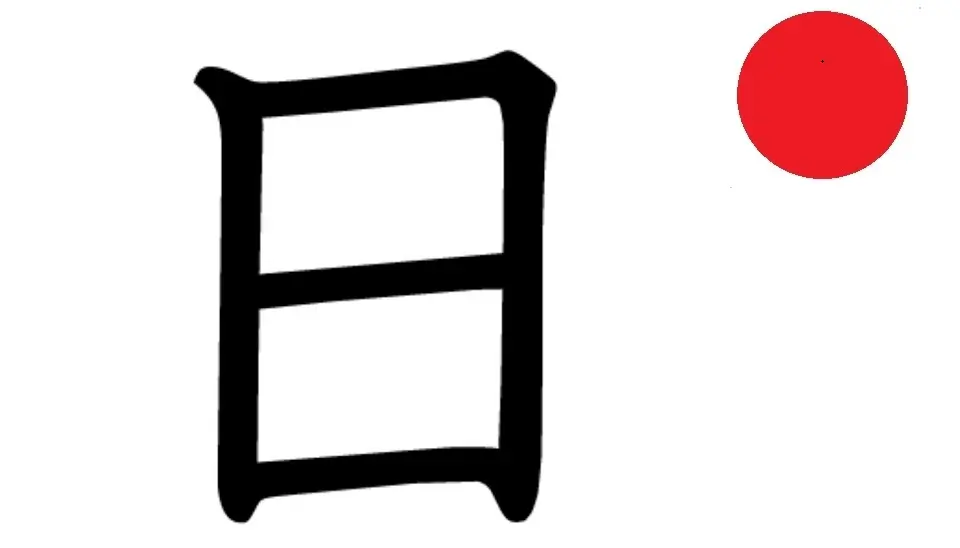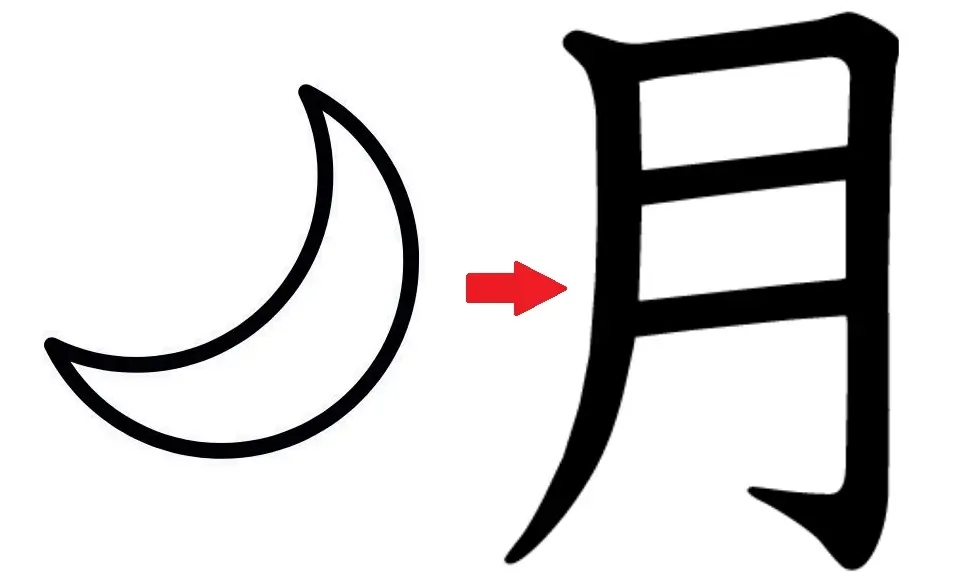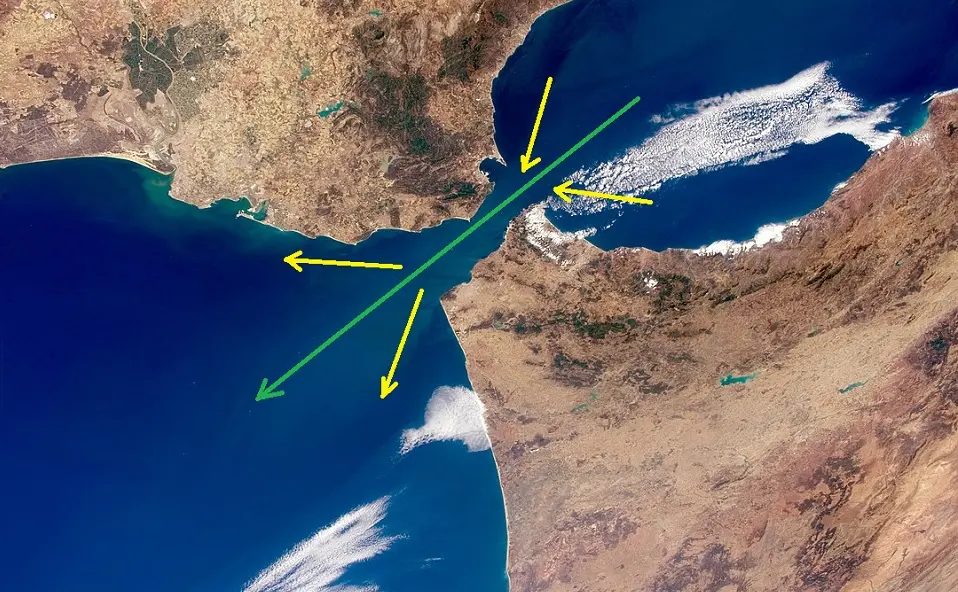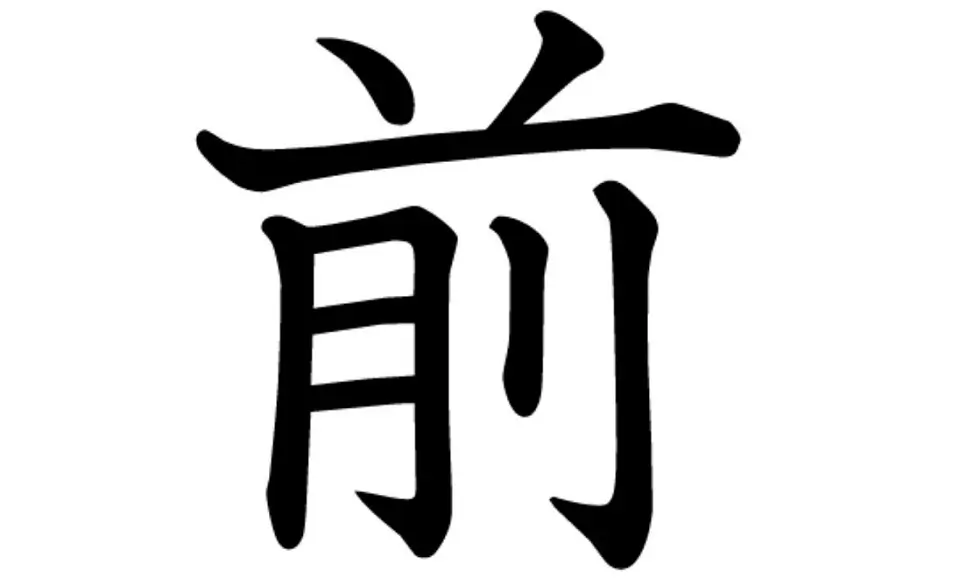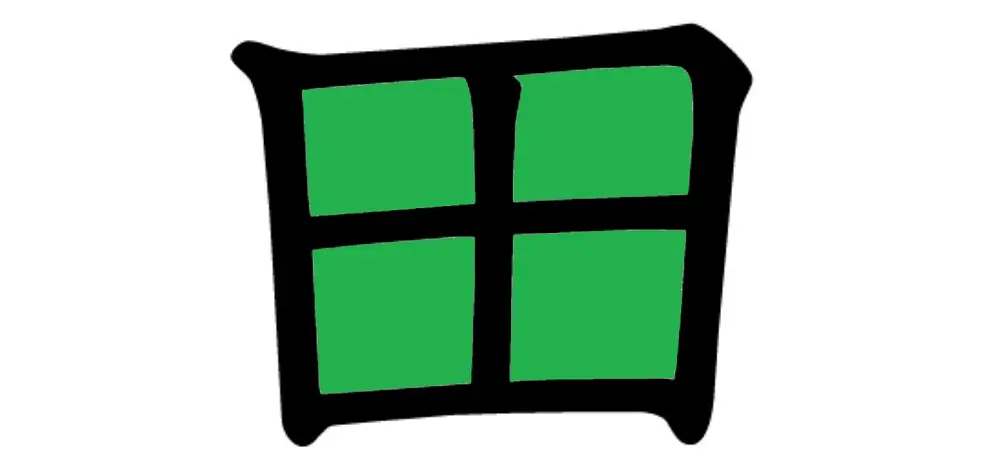Kanji for Power, Strength, or Force: 力 (Chikara)
The Japanese kanji for “Strength” or “power” is 力. The pronunciation of the Kanji 力 is “chikara” (ちから) in its kun’yomi (Japanese reading) and “riki” (リキ) or “ryoku” (リョク) in its on’yomi (Chinese reading). The shape of this kanji is rather simple, and its shape has a clear origin. Moreover, the other meanings of the Kanji of Chikara are all
Continue reading
